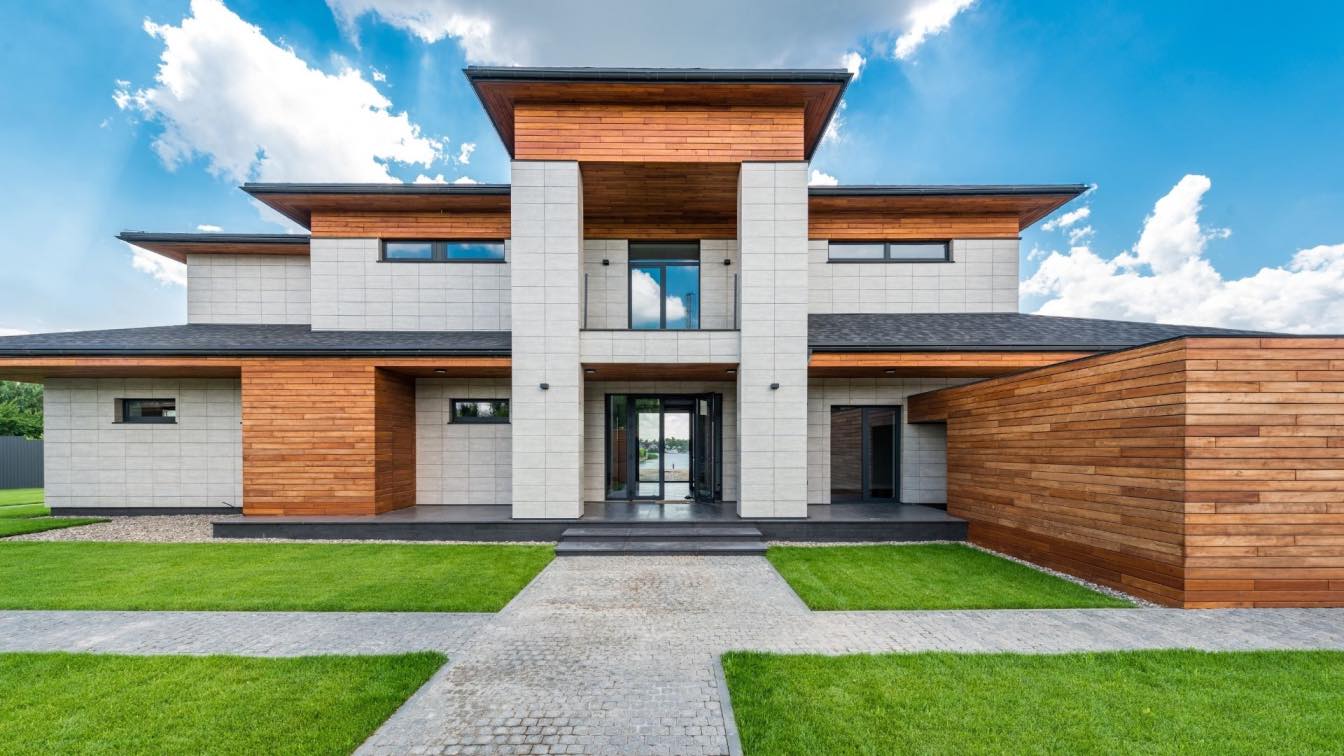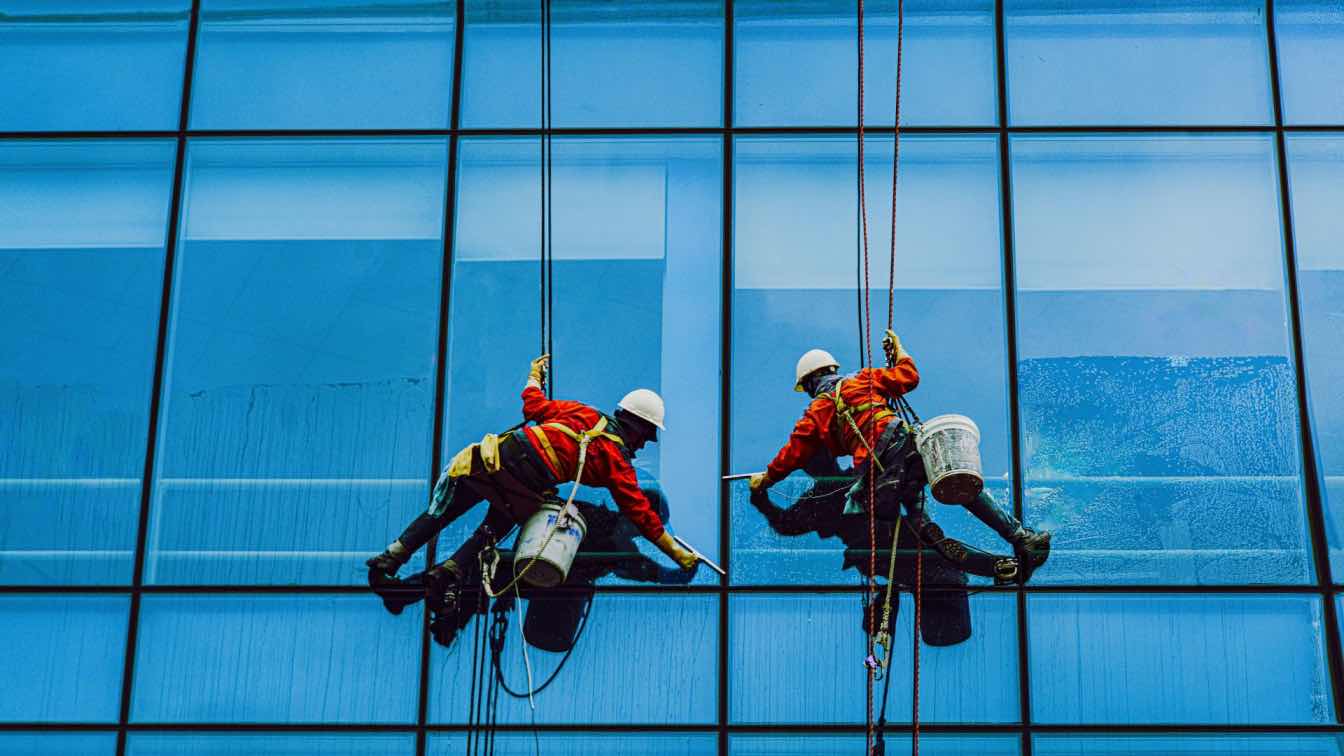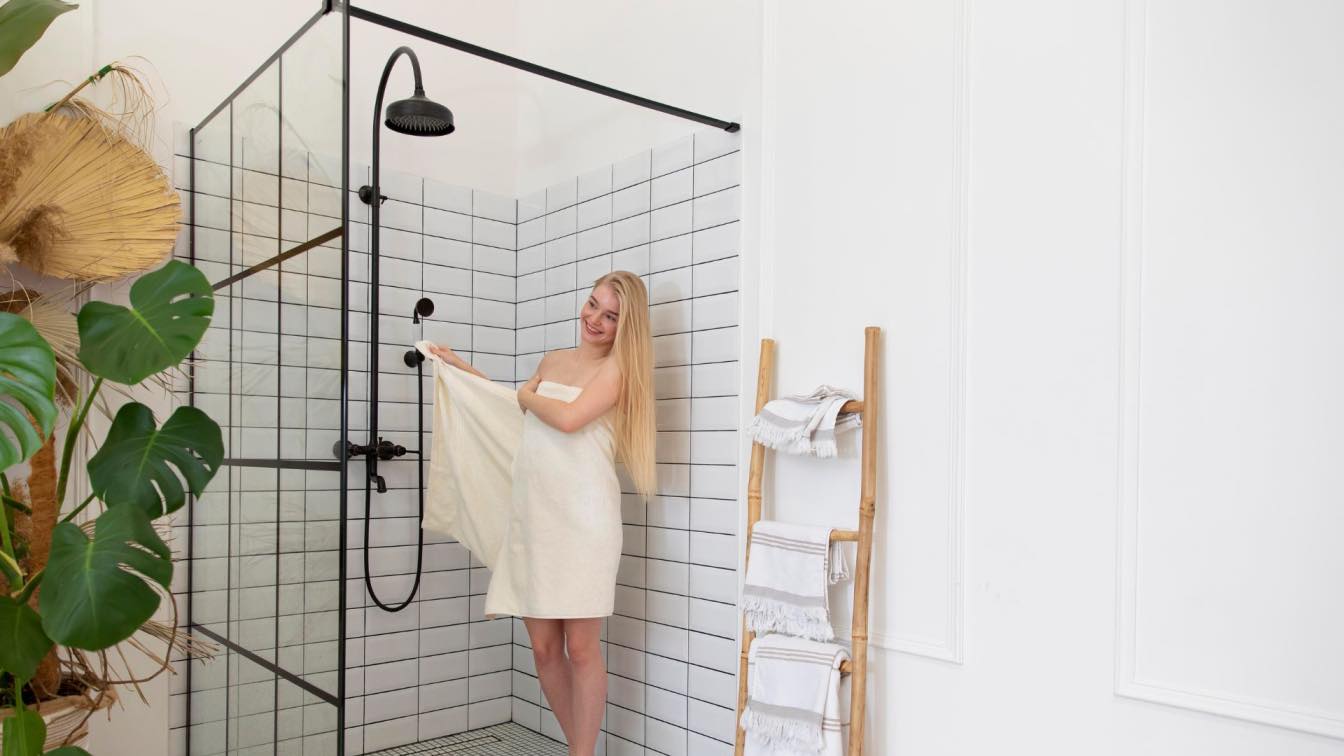After a long period of isolation and restrictions, urban residents are increasingly interested in living in homes in which a sense of unity, community, and support abound. Currently, about 73 million homeowners are members of HOA (Homeowners’ Associations), as this type of living arrangement stabilizes home values and acts as a buffer against domino foreclosures. Approximately 38 million people, meanwhile, live in apartments, owing to factors such as cost savings and the chance to avail of common areas such as pools, gardens, and community gyms. How are architects and designers responding to this noticeably stronger need for human connection?
Child-Friendly Gardens
Children in urban environments face a host of potential hazards—including a lack of outdoor playtime, pollution, and traffic safety risks. Research indicates that children in current generations are less agile and fit than their predecessors, with sedentary lifestyles being responsible for problems such as obesity and Type 2 diabetes. Outdoor community spaces provide an ideal opportunity for children to be more active and take part in unstructured outdoor play. One popular approach being embraced by community dwellers is the creation of community gardens or farms that children can stay active in. Gardens can include attractive features such as mazes, colorful fences, mini-houses and tree houses, and horticultural areas for growing fragrant herbs, flowers, and produce. Adjoining areas can include play structures with structures that are well-suited to various different age groups.
Outdoor Kitchens
Fully-equipped outdoor kitchens are a convenient way to encourage neighbors to interact and hold regular get-togethers such as barbecues and weekend lunches. Paved areas previously used as patios are being turned into kitchens through the addition of features such as a pergola, grills, stove, and attractive seating options. The latter can include long and round tables, covered with shade sails and parasols, or shaded by retractable awnings. Patios can be given a designer touch with wood or stone decking and dedicated leisure spots comprising benches surrounding a fire pit. Outdoor kitchens and bars also work well by the pool. Communities with higher budgets and those with access to HOA loans are investing in unique features such as swim-up bars and kitchens, which are particularly popular in the summer.
Community Gyms
Gyms are proving to be more than spaces to work out and hone one’s fitness. As stated by academics from Harvard’s Divinity School, members of the millennial generation have come to see gym activities as means of community, ritual, and spiritual support. In a 2015 study, Thurston and ter Kuile found that although younger generations are less interested in organized religion, they are still interested in satisfying their spiritual needs. The academics stated that “People come because they want to lose weight or gain muscle strength, but they stay for the community.” Through activities such as SoulCycle or CrossFit, people experience a release of stress and new insight into the things that are important to them. They experience an emotional and spiritual transformation, not just a physical one. Indoor spaces in communities are therefore being used for communal gyms, with popular equipment including free weights, nautilus machines, resistance bands, and other key equipment. Designers are making the most of the mood-enhancing effects of light. As such, they are replacing concrete walls with glass and ensuring that gyms overlook scenic spots such as green zones or bodies of water. Gyms themselves have relaxation areas with attractive tables and chairs where fitness buffs can congregate and share goals and experiences before or after a workout.
Sustainable, Green Interiors
Biophilic design is a force to contend with in home and office design, with homeowners and businesses seeking to harness the calming effects of nature indoors as well as outdoors. Zones such as community entrances, hallways, and meeting rooms are being embellished with plants, green ‘living walls’, succulents, and potted plants and flowers hanging from ceilings, high windows, and beams. Newer and renovated areas are turning to natural materials such as reclaimed wood, stone, cork, bamboo, and other materials that are prized for their sustainability. Colors and texture also matter. The key is for interiors to display the hues and imagery found in nature. As such, hues such as blue and green and leaf and flower prints can lend interiors the inspirational quality usually found in the outdoors. Some designers are also opting for subdued palettes comprising gentle grays, creams and beiges, and soft browns. Biophilic design can also emulate the brightness of colorful bouquets of flowers. As such, simple green and coffee-colored interiors can be completed by pops of color in hues such as turquoise, bright yellow, and fuschia.
Millions of Americans opt for the convenience, stability, and sense of support that community living can bring. Those in HOAs are creating budgets and even taking out loans to embellish common areas and make them more practical. Just a few popular spaces communities are selecting include outdoor gardens, kitchens and gyms. Biophilic design is also proving popular with many communities adding a touch of green to indoor spaces.





